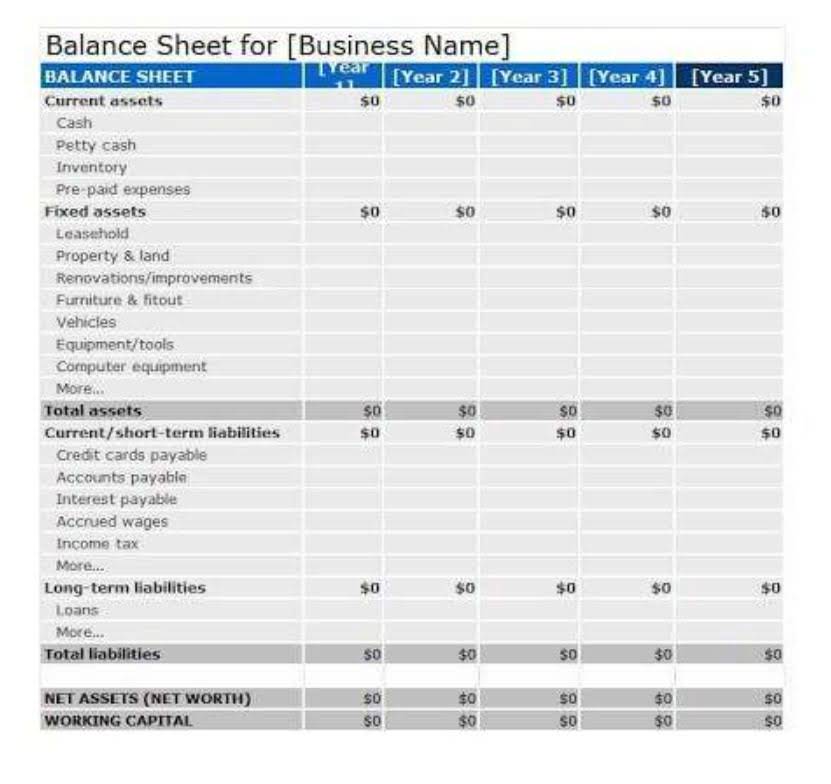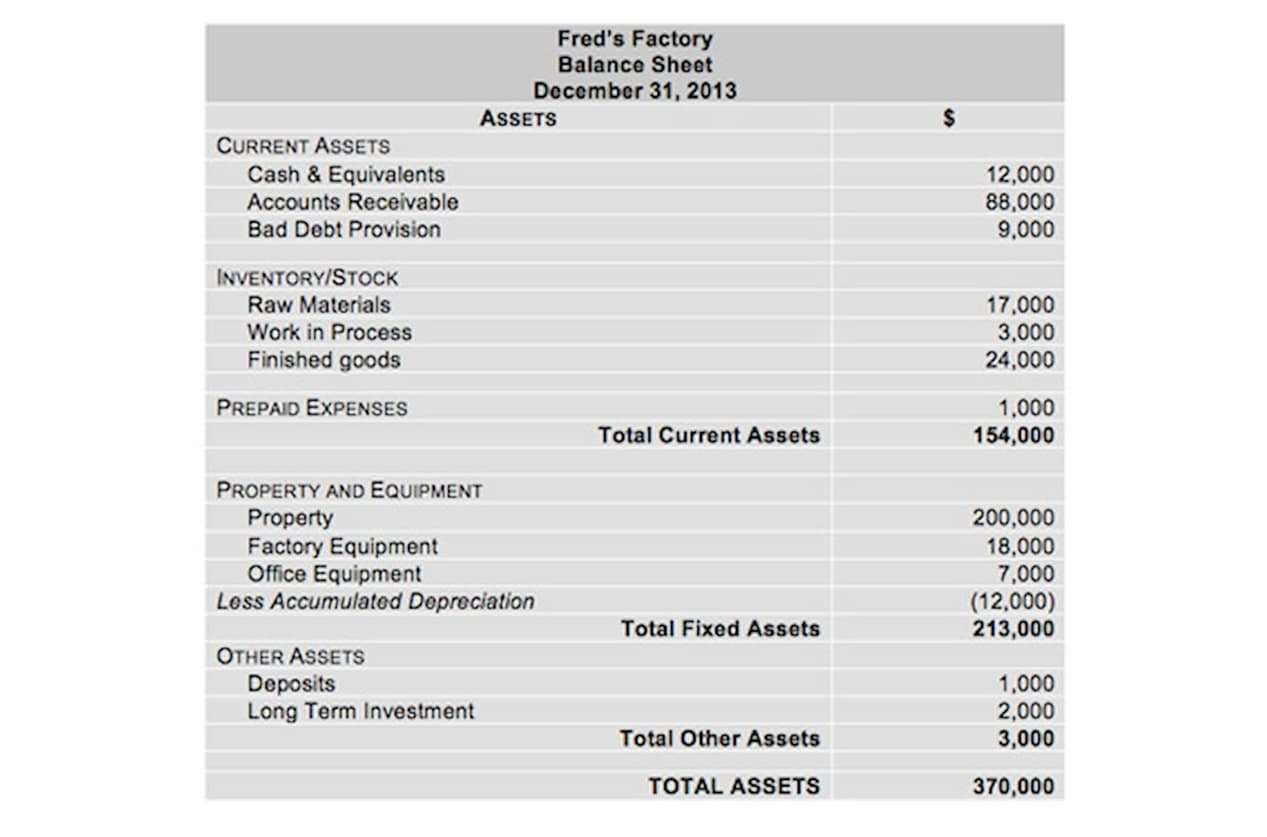施工実績

Audit Assertions Assertions to test in audit process
2021.03.23
Payroll and inventory balances are often checked for cut-off accuracy to determine that the activity that took place was recorded in the appropriate period. This is particularly important for those accruing payroll or reporting inventory levels. The existence assertion verifies that assets, liabilities, and equity balances exist as stated in the financial statement. For example, if a balance sheet indicates inventory on hand for $10,000, it is the job of the auditor to verify its existence. There, it relates to whether companies have classified and presented transactions fairly. Auditors must ensure those accounts have received proper valuations from the management.
- The rights and obligations assertion focuses on whether the entity has legal ownership or control over its assets and whether the reported liabilities are valid obligations.
- Relevant tests – auditors often use disclosure checklists to ensure that financial statement presentation complies with accounting standards and relevant legislation.
- Valuation and allocation assertions pertain to the appropriate valuation of assets and liabilities and the correct allocation of revenues and expenses.
- Allocation refers to the allocation of historical cost over a period of time.
Accuracy

The quality of audit evidence is paramount, and auditors prioritize evidence that is relevant and reliable. For instance, third-party confirmations or auditor-generated evidence typically carry more weight than evidence that is solely provided by the entity’s management. Auditors use their professional judgment to determine the sufficiency of the evidence gathered, which involves evaluating its ability to appropriately support the management’s assertions. This judgment is based on the auditor’s experience, the nature of the financial statement item, and the circumstances under which the evidence is obtained.
What is Auditing? – Overview, Types, Opinions, Processes, And More
- While not directly subject to SOX, many non-public companies have been indirectly impacted because they provide services for publicly traded companies.
- Company executives are required to make assertions or claims to the public regarding certain aspects of a business.
- In this context, auditors must ensure that companies recognize liabilities if they have an obligation.
- It relates to ensuring transactions recorded in the accounts are at appropriate amounts.
- Classification – means that assets, liabilities and equity interests are recorded in the proper accounts.
Learn what the various audit assertions are and how they can impact your business. In other words, audit assertions are sometimes called financial statements Assertions or management assertions. Audit assertions are the implicit (or explicit) claims that are made by the management in order to depict that the financial statements have been prepared keeping in mind the appropriateness of the audit assertions. Audit assertions are claims made by management when preparing financial statements.

Importance of Assertions in Auditing

The entity holds or controls the rights to assets, and liabilities are the entity’s obligations. Presentation – this means that the https://x.com/BooksTimeInc descriptions and disclosures of assets and liabilities are relevant and easy to understand. The points made above regarding aggregation and disaggregation of transactions also apply to assets, liabilities and equity interests.
- Transactions have been classified and presented fairly in the financial statements.
- When it comes to account balances, management is responsible for making several assertions.
- The completeness assertion means that all transactions that should have been recorded, have been recorded.
- Financial and other information are disclosed fairly and at appropriate amounts.
- This assertion means that assets, liabilities, and equity accounts have been included in the financial statements at their appropriate amounts.
- Amounts and other data relating to recorded transactions and events have been recorded appropriately.
- Items in the balance sheet have been appropriately evaluated and allocated to reflect their actual economic value.
- Transactions and events have been recorded in the correct accounting period.
- Presentation – this means that the descriptions and disclosures of transactions are relevant and easy to understand.
- In other words, if your small business is being audited, the auditor may ask for proof that the cash balance of your bank account belongs to the business.
For that, auditors may use various tests and audit procedures to ascertain the completeness of those assets. For auditors, audit assertions are critical in examining financial statements. They use those assertions to guide their work and ensure they meet their objectives. While audit assertions apply to the balance sheet and income statement, they may have a wider scope. audit management assertions SOX also created the Public Company Accounting Oversight Board (PCAOB)—an organization intended to assess the work performed by public accounting firms to independently assess and opine on management’s assertions. The PCAOB’s Auditing Standard number 5 is the current standard over the audit of internal control over financial reporting.
Usually, companies report financial information in their accounts at the end of each accounting period. A service organization can greatly reduce the number of resources expended to meet user auditors’ requests by having a Type II SOC 1 audit performed. The completeness assertion means that all transactions that should have been recorded, have been recorded. For example, when presenting an expense account such as Advertising, management implies they have not omitted any transactions for the period under audit.
What Are the Audit Assertions? Definition, Types, And Explanation
That is to say, expenses that shouldn’t be capitalized into inventory are not capitalized into inventory. To evaluate the assertions made by management, auditors employ a combination of substantive procedures and tests of controls. The rights and obligations assertion focuses on whether the entity has legal ownership or control over its assets and whether the reported liabilities are valid obligations. Auditors examine supporting documents, such as title deeds, contracts, and loan agreements, to ensure that the company possesses the rights to its assets and is obligated to settle its liabilities. The nature of related party transactions, balances and events has been clearly disclosed in the notes of financial statements. Users of the financial statements can clearly determine the financial statement captions affected by the related party transactions and balances and can easily ascertain their financial effect.
How Management Assertions Influence Financial Audits
The reference to allocation refers to matters such as the inclusion of appropriate overhead amounts into inventory https://www.bookstime.com/ valuation. The valuation assertion is used to determine that the financial statements presented have all been recorded at the proper valuation. Similarly, it relates to the clear presentation that promotes the understandability of information.

What are the five audit assertions?
Assertions, in the context of auditing, are management’s implicit or explicit claims about the financial statements. They are assertions made by the company regarding the existence, completeness, valuation, rights and obligations, and presentation and disclosure of the reported financial information. Auditors rely on these assertions to evaluate the financial statements and express an opinion on their fairness. Auditors bear the responsibility of conducting a thorough and objective evaluation of management’s assertions. This responsibility entails an understanding of the business and its environment, including the industry in which it operates, regulatory factors, and other external influences that may affect the financial statements.




